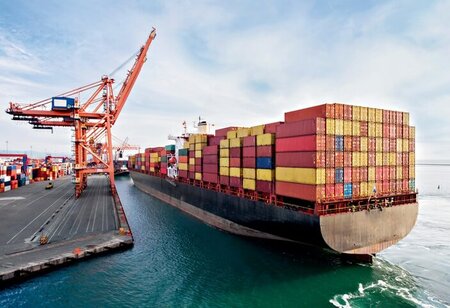
India's petroleum product exports to Europe have experienced a significant decline in January, dropping from 350-400 thousand barrels per day (kbd) in November and December to just 100 kbd. The Red Sea tensions have prompted many tankers to opt for a longer route via the Cape of Good Hope, causing increased shipping costs. Viktor Katona, lead crude analyst at Kpler, notes that Indian refiners, even when exporting to Europe, now prefer circumnavigating Africa due to the escalating threats in the Red Sea. The altered export destinations have seen India supplying more petroleum products to East Asia and Africa.
The shift in routes has resulted in a substantial rise in shipping costs, with a 60-70% increase for Indian product exporters into Europe. For instance, the route from Jamnagar to Rotterdam takes 24 days via the Suez Canal and 42 days via the Cape of Good Hope. This change in trade dynamics could impact India's overall export performance, with projections suggesting a nearly 7% drop in exports in FY24, amounting to around $30 billion. Higher container shipping rates may lead exporters to withhold shipments.
India's petroleum product exports faced a 7.5% decline in November 2022, totaling $7.48 billion compared to $8.08 billion in the same period in 2021, according to government data. The exports for the first eight months of the current fiscal year were down by 15% at $65.23 billion. Standalone refiners like RIL, MRPL, and CPCL could witness some margin impact on the crude side, and exports to the EU may be affected on the product side, warns Madhavi Arora, lead economist with Emkay Global Financial Services Ltd. She highlights a 53% spike in freight rates from Asia in a month and container shipping giants, including BP, halting transit via the Red Sea or the Suez Canal. The ongoing geopolitical tensions are reshaping India's petroleum export landscape, leading to strategic adjustments and potential economic repercussions.

